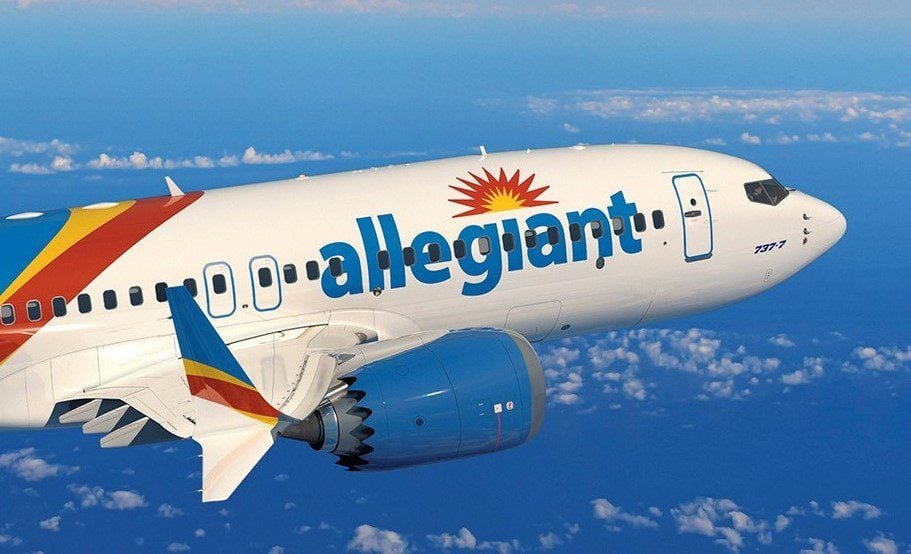
Boeing Allegiant 737 MAX kopie
Allegiant once reported a fourth-quarter loss of $2 million after reporting a profit in the same period a year earlier. On a per-share basis, Allegiant reported a loss of 13 cents. Earnings, adjusted for non-recurring costs, were 11 cents per share. These numbers beat expectations; Zack’s consensus was a loss of 67c/share.
For the year, Allegiant reported $2.51 billion in revenue and a profit of $117.6 million. Even with the better-than-expected numbers, Allegiant Travel shares have declined ~8% since the beginning of the year. In the last trading minutes on Monday, the stock closed at $76.33, a drop of 24% in the last 12 months.
Maury Gallagher, CEO, noted the market has evolved. “we were among the top three in operating margin for the year.” He also noted, “Boeing deliveries will be delayed based on recent news and comments; we are excited about our introduction of the MAX 8200 aircraft.” There have been challenges, too: “On the labor front, we’ve been plagued for the past three years by a number of labor issues, particularly with our pilots. However, I’m cautiously optimistic with our recent progress. Our updated labor agreements will allow us to continue to do what we do best, to grow Allegiant in our non-competitive markets in the coming months and years.”
A crucial Gallagher made was: “In the past 12 to 24 months, as you all are aware, our competition has become much more intense for a number of the low-fare carriers. The majors have come down market and have a low-priced competing product.” But whereas the competition is tougher, he spoke about “build a robust moat around our business“, adding “Today, 75% of our routes do not have any direct competition. This approach is paying substantial dividends in today’s more confrontational environment. With most of our routes operating just 2 to 3 — 2 times per week, we can support a much larger network of cities and routes. 124 cities today with 555 routes, 450 of which are non-competitive. In contrast, Spirit and the Frontier have on average just 300 routes each rather but only 30 are non-competitive or a 10% factor.”
The labor item is significant as we see across the US airline industry. Greg Anderson, Allegiant’s president, pointed out: “Our base structure, coupled with our out-and-back model, allows us to provide our frontline team members with the rare industry part. Their work shifts begin and end in their home cities. This unique feature plays a key role in helping us retain and grow our flight crew rings. As evidenced by the increase of more than 100 net new pilots during the back half of 2023.”
TD Cowen’s Helane Becker noted there are tailwinds to these results: “A major headwind is the open labor contracts, but management is working diligently to resolve these contracts. In 2H23 they were able to hire 100 net new pilots. One major benefit working at ALGT is that flights are out and back, so crew members can be home every night. That is a rarity among US airlines.
About 75% of their routes have no competition. This compares to other low-cost carriers where 90% of routes have competition. Allegiant also tends to not compete with the major airlines at their hubs. For example, they don’t have large presences in markets such as NY and the east coast of Florida.”
Allegiant swapped some MAX 7s for 8200s late last year. It turned out to be a smart decision.
Views: 2




